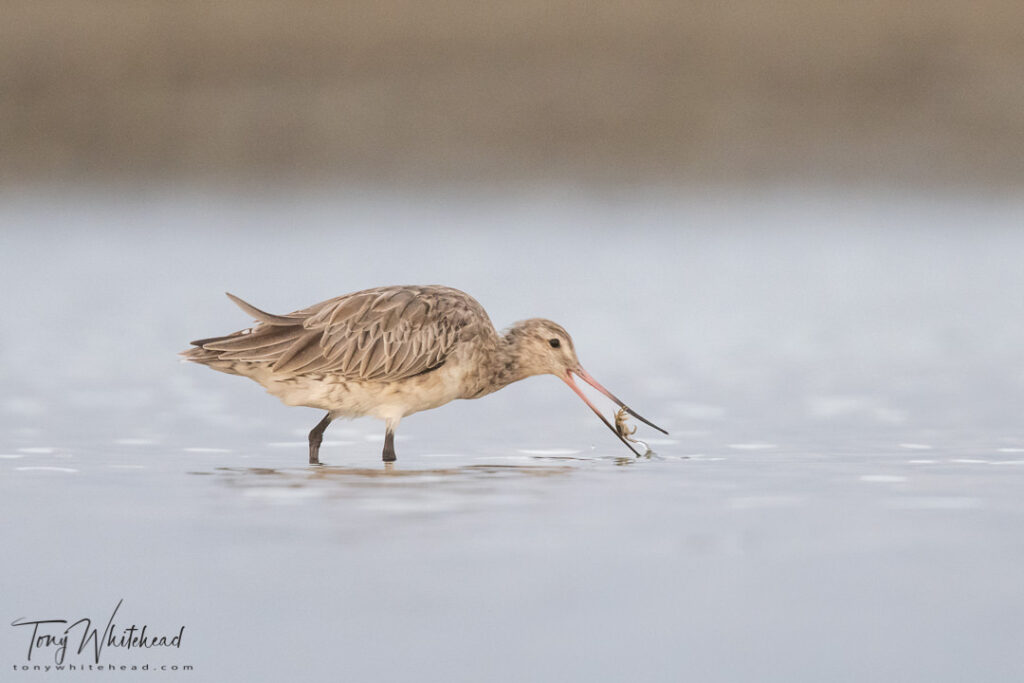
I wrote this post about a year ago but it kept getting pushed down the list for being published. As a result it is a little dated but still reflects my current workflow and thoughts around the roles of Lightroom and Photoshop in my work.
Part of my enjoyment in photography is spending time processing my RAW files. This probably stems from my start in photography being film based. With film, to achieve a final image you needed to expose and process film to achieve a good negative and then spend some time in the darkroom to print that image. Choices at each stage of the process have an impact on the final product but the final printing was always fun. Paper choice in terms of finish and hardness (contrast) and then dodging and burning while printing could interpret a negative in very different ways. Variable contrast papers added even more control into the equation but nothing like what we now have in the digital darkroom.
My journey in digital processing began prior to Adobe Lightroom. To process a RAW file it had to be opened in Adobe Camera Raw which was initially a plugin to Photoshop. I used this for a short while before purchasing Pixmantec RawShooter Essentials, a standalone RAW processor. This would output a TIFF file which could then be taken into Photoshop. Pixmantec was purchased by Adobe in 2006 and RawShooter incorporated into what was then released as Lightroom 1 in 2007. This came as a free upgrade to my RawShooter licence.
Since then Lightroom has been my RAW processor of choice, being used for global adjustments before taking the file into Photoshop for Black and White conversion or localised adjustments (usually targeted tonal adjustments) being masked to different areas of the image via layers and layer masks. I use Nik Plugins for almost all of this work but more recently have added Topaz Denoise AI and Sharpen AI (now merged in to Topaz PhotoAI) to the workflow.
Over time Lightroom has offered more and more tools for RAW processing and one of the big advancements was the inclusion of localised adjustments using adjustment brushes. This allowed targeted adjustments to be painted in manually. This could be copied across to another similar image but then the local adjustment would need to be adjusted manually to the new image with erasing and further painting. Over time I had been doing more of this in Lightroom before moving files on for work in layers in Photoshop.
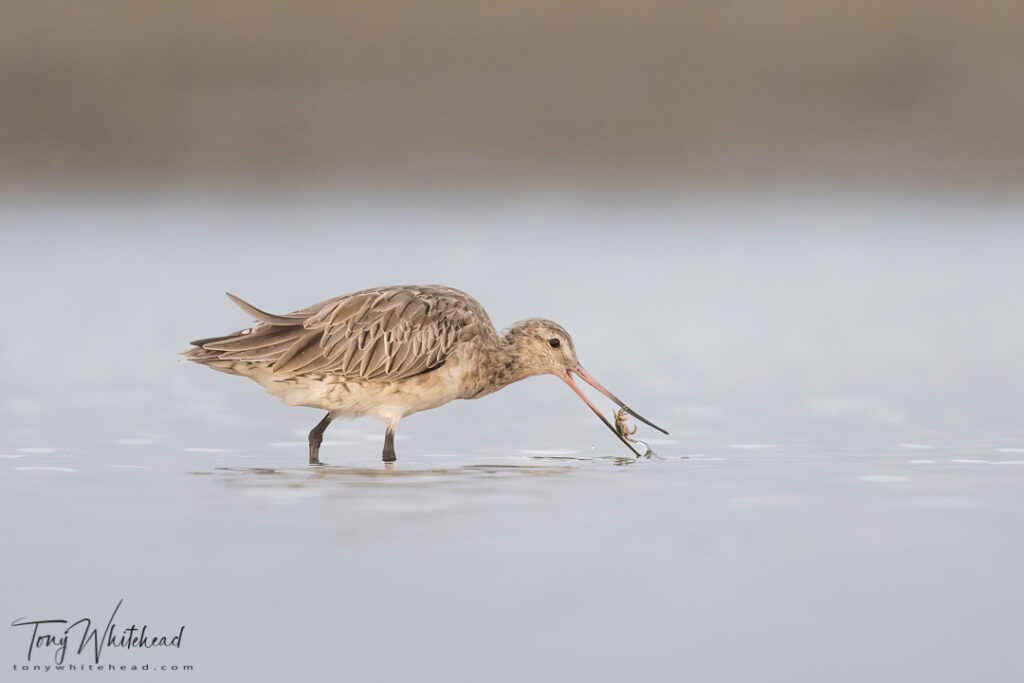
With my hardware upgrade in early 2022 allowing access to the latest versions of Lightroom and Photoshop I now have access to the automatic AI driven selection of subject which makes it very easy and quick to apply localised adjustments and by inverting selections to adjust the background I can quickly do in Lightroom most of what previously I would have had to do in Lightroom and then in layers in Photoshop. With presets I can quickly output files directly from Lightroom adapted for specific uses. A side-effects of these AI generated masks is that my graphics tablet and one get far less use than it used to!
This has led me to really ask myself “How important is Photoshop” for me in my workflow in 2022 and now in 2023. I can essentially do almost everything I want to and need to do very quickly in Lightroom. This has been highlighted by a job that has needed a lot of images shot, culled , processed and output in a tight timeframe. For that work Photoshop was completely unnecessary. I applied what I had learned to another job that previously would have taken me a good few hours and managed to select, process (including localised adjustments) and batch output for delivery from my laptop in a fraction of the time. Again Photoshop was not even launched to complete the work.


Having now set up my laptop with a hub and larger screen to work as a desktop replacement with access to my full image archive, I have spent a bit of time working on some of my personal images. While still using the new features of Lightroom to apply good masked local adjustments I get a lot of pleasure from then taking the image into Photoshop for final polishing on layers. Having added Topaz DeNoise AI and Sharpen AI to my workflow options, my preference is still to apply these filters to a layer and then selectively mask in the changes, even if using software generated masks. The difference is in the purpose of the exercise. If the goal is in efficiency in working on a volume job for a client, Photoshop in now essentially unnecessary for almost everything that I do. If the goal is wringing maximum pleasure and quality from my personal work, it is as crucial as ever.
Photo with Nikon Z9 with FTZ adaptor and Nikkor 500mm f5.6PF lens and TC14Eii teleconverter
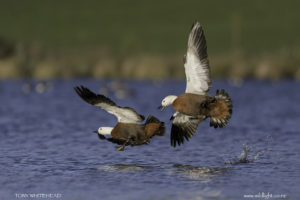
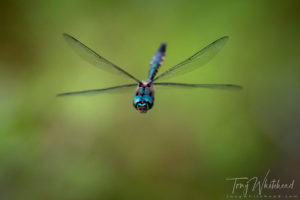
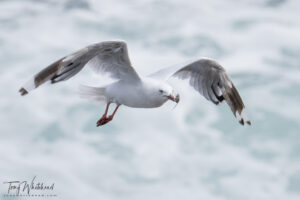
Stephen Parker
5 Feb 2023Interesting. And it does make me want to stick with my initial foray into learning Lightroom.
As a beginner to photography, I don’t have experience with processing. Nor, sadly, that depth of experience you have with processing. As a newbie observation, there also seems a a big growth curve with learning the lightroom fundamentals and then actually executing with skill.
A piece of advice I was given was try to learn photoshop and lightroom from the start because you will need photoshop eventually. However not necessarily having to walk up the learning hill that photoshop entails works for me.
tony
5 Feb 2023You can do most of what you need in Lightroom nowadays.